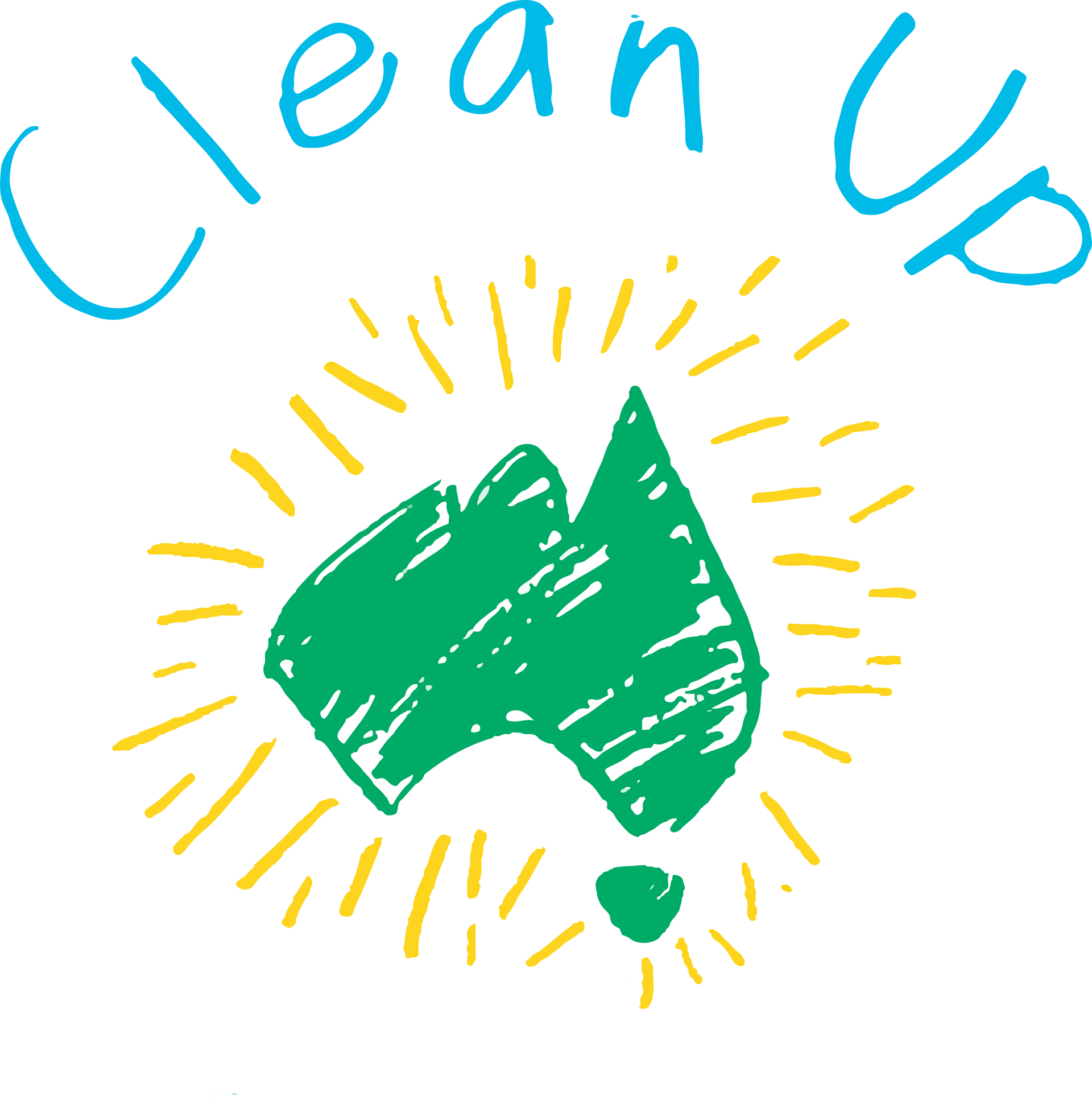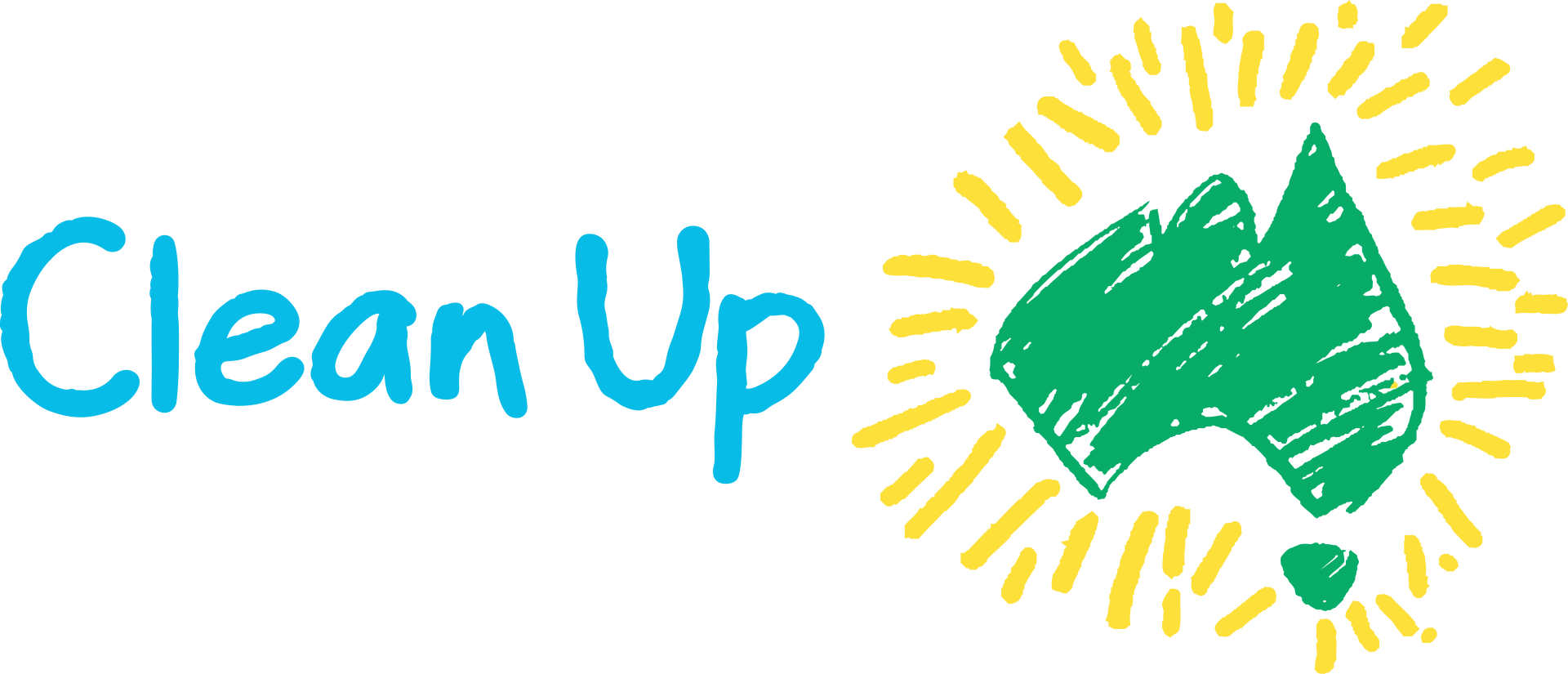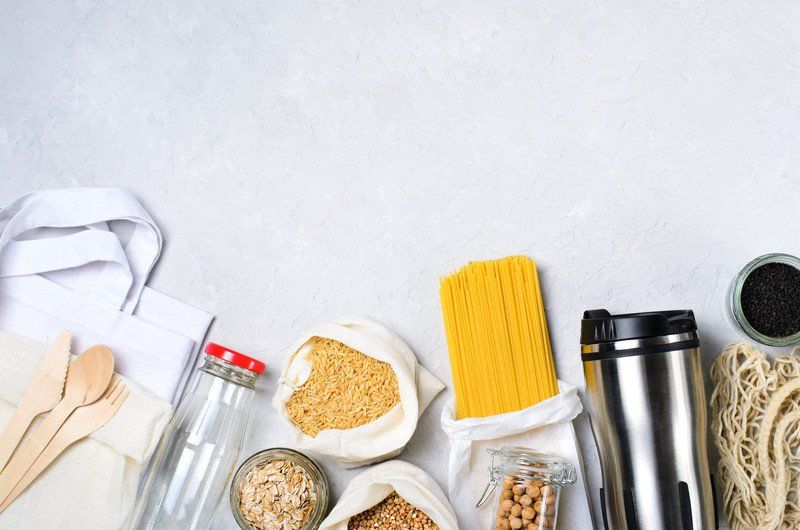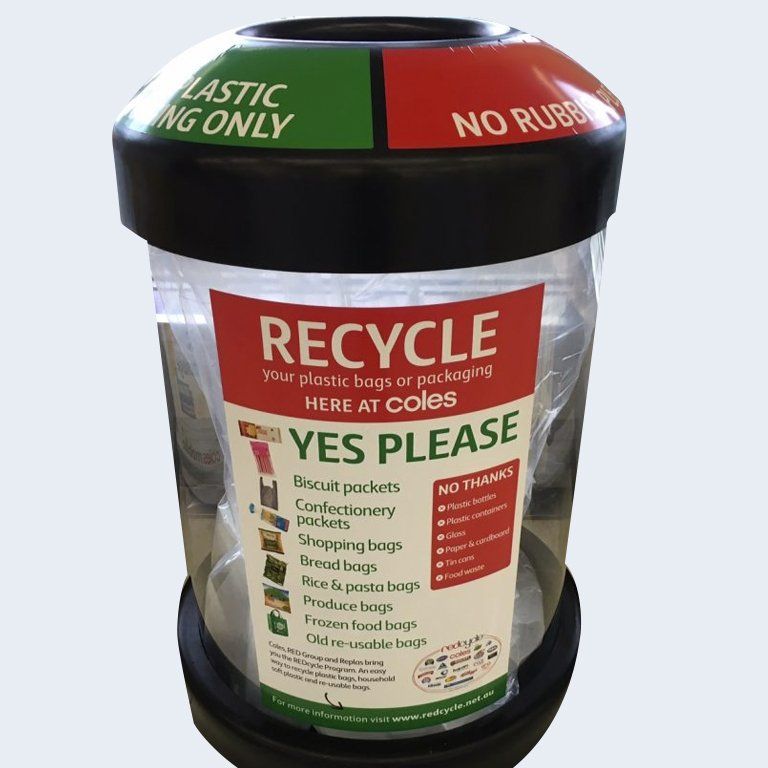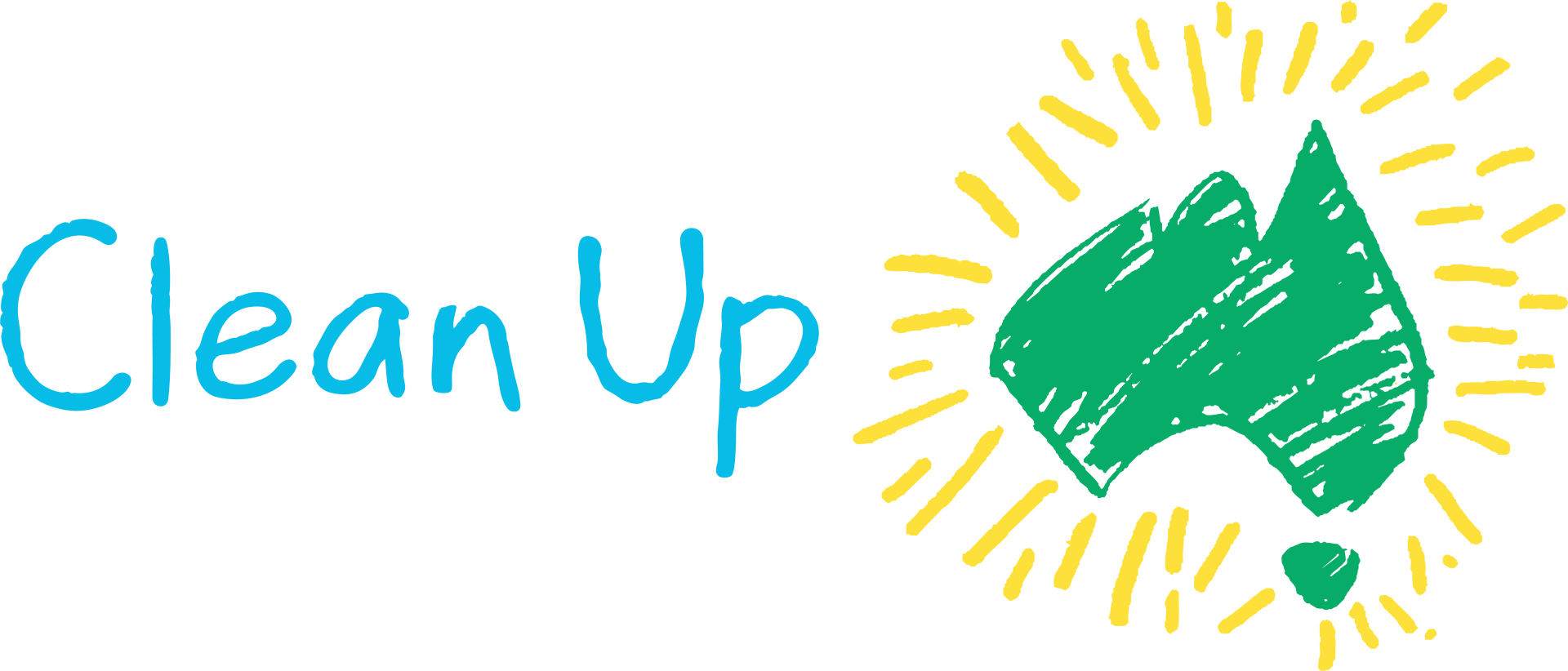That's a wrap on Plastic-Free July!
OUR TOP 4 FINDINGS FROM 4 WEEKS OF ACTION
As Plastic-Free July comes to a close, we have much to celebrate and much to ponder. Thanks to www.plasticfreejuly.org we know that participants pledging action in July reduced their yearly household waste by 7.6% and their use of disposable packaging by 5.6%. The main actions taken were: avoiding single-use plastic packaging, reducing takeaway items (straws, bags, bottles, coffee cups) and/or going completely plastic-free.
At Clean Up Australia , we noticed a few things during Plastic-Free July – not only among friends and colleagues, but in the larger community. We are hoping these findings help inform how we can all become plastic-free forever.
One. It’s easy living without single-use plastics
Wallet ( ✅ check), keys ( ✅ check), phone ( ✅ check), bag ( ✅ check)
This is the mini mental-checklist our brain makes before we leave the house each day. Add a few items to the list or have them in your bag ready-to-go, and living free of single-use plastic becomes very easy. Whenever you grab a coffee, drink, lunch or a few loose items from a shop, you will be well-equipped to refuse the barrage of wasteful single-use items thrust in your direction.
All it takes is to add these to your mini mental-checklist each day:
Reusable coffee cup (✅check), reusable straw & cutlery ( ✅ check), reusable bag ( ✅ check), drink bottle ( ✅ check)
#shamelessplug You can purchase any of these reusable items (and more) from the Clean Up Australia Store here.
Tip: These reusable items alone can make a MASSIVE difference to your environmental footprint, especially if you remember to use, wash and return them each time. Make it a habit, and it becomes easy to say NO to single use.
Two. Plastic bags are almost extinctTwo. Plastic bags are almost extinct
Remember how we used to stockpile plastic supermarket bags? We’d come home from the store with 10 or 20, some even double-bagged for fear they would break under the weight of 3 tins. After unpacking our shopping, we would gleefully squish them into a ball of good intentions and stash them in the pantry. But the truth was, many of us stockpiled more than we needed and they were an utter waste of the planet’s resources.
Thanks to the major supermarkets taking action in 2018, Australians have now avoided 1.5 billion plastic bags going to landfill or entering our ecosystems. But there’s more to be done. It’s now up to other stores to follow in their footsteps so we can finally get rid of these environmental scoundrels. Thankfully this tipping point appears to have arrived, with many retailers phasing out single-use plastic bags in 2019 (some during Plastic-Free July) and providing a re-usable alternative. Sayonara single-use plastic bags!
Tip: The trick is to always remember your re-usable bags before you go shopping to avoid having to buy more – and turning re-usable solutions into another ridiculous stockpile.
Three. Straws are no party
Two more single-use plastics on the way out (here’s hoping) are straws and party balloons. Let’s draw a comparison:
Balloons are not necessary.
They are used once (often in outdoor environments).
They easily become litter and threaten wildlife.
They take years upon decades to decompose (and still pose a
micro-plastic threat).
There are plenty of eco-friendly alternatives.
This is precisely the same with straws.
We simply don’t need them.
It’s time to burst the bubble and realise your party doesn’t need balloons. Our precious planet needs you to avoid them. Your party will be just as fun (and nicer) without them.
Straws are also something the planet can do without. According to the 2018 Clean Up Australia Rubbish Report , they were the fifth most common item picked up on Clean Up Australia Day. If you’re worried about your teeth, or wondering how you can sip your smoothie in a stylish way, invest in reusable alternatives like these. Or just suck it up and refuse straws altogether.
Tip: Bartenders can automatically put straws in certain types of drinks so make sure you ask upfront for no straws when ordering bevvies at the bar.
Four. We need to go hard on soft plastics
One of the surprising findings from Plastic-Free July was the sheer amount of soft plastic packaging needing disposal on a daily basis. Soft plastics are ubiquitous among the supermarket aisles, and at home are commonly thrown in the bin – then straight to landfill (or ‘wish-cycled’ into the recycling bin only to contaminate kerbside recycling processes).
Reducing the amount of heavily-packaged products you purchase is the best option. For those unavoidable items, you can recycle the soft plastic packaging via bins located at the front of the supermarket. They typically look like this:
Check out this ENORMOUS LIST of recyclable soft plastics from Redcycle :
(Even foil-like chocolate bar and chip packaging is recyclable!)
- Biscuit packets (outer wrapper only)
- Bread bags (without the tie)
- Bubble wrap (large sheets cut into A3 size pieces)
- Cat and dog food pouches (as clean and dry as possible)
- Cellophane from bunches of flowers (cut into A3 size pieces)
- Cereal box liners
- Chip and cracker packets (silver lined)
- Chocolate and snack bar wrappers
- Confectionery bags
- Dry pet food bags
- Fresh produce bags
- Frozen food bags
- Green bags (Polypropylene Bags)
- Ice cream wrappers
- Large sheets of plastic that furniture comes wrapped in (cut into A3 size pieces)
- Netting produce bags (any metal clips removed)
- Newspaper and magazine wrap
- Pasta bags
- Pet food bags (chaff/horse/chicken) - both the plastic and woven polypropylene types (but not woven nylon).
- Plastic Australia Post satchels
- Plastic carrier bags from all stores
- Plastic film wrap from grocery items such as nappies and toilet paper
- Plastic sachets
- Potting mix and compost bags - both the plastic and woven polypropylene types
- Rice bags - both plastic and the woven type (if large, cut into A3 size pieces)
- Snap lock bags / zip lock bags
- Squeeze pouches with lid on (e.g. yogurt/baby food)
- Wine/water bladders - clear plastic ones only
- Please make sure your plastic is dry and as empty as possible.
All this plastic gets recycled into robust products including outdoor furniture, bollards and signage for use in schools, parks and public spaces thanks to Replas.
Tip: At home use a small bin, bag or container dedicated to soft plastics (alongside your other bins) and you’ll be surprised how quickly it fills up. When heading out for your weekly grocery shop, remember to grab your reusable bags AND your soft plastics for recycling at the storefront.
…
So that’s a wrap on our findings from Plastic-Free July. Many people pledging action have been inspired by the movement, and will hopefully continue this year-round. It’s amazing how much plastic can be avoided by taking a few simple steps and adding some extra items to our mental checklists.
Want to do more? Start conversations and motivate others. Talk to different retailers about ways to reduce single-use items. We have a great Thai restaurant nearby which lets us take our lunch back to the office in ceramic bowls (which we return!). This little step alone has avoided the need for countless single-use plastic containers and cutlery.
Feeling inspired? Tell us about your efforts to go plastic-free. We would love to hear from you.
Search for other blog topics:
